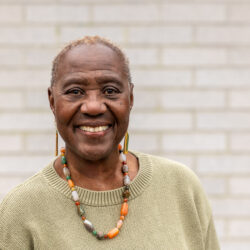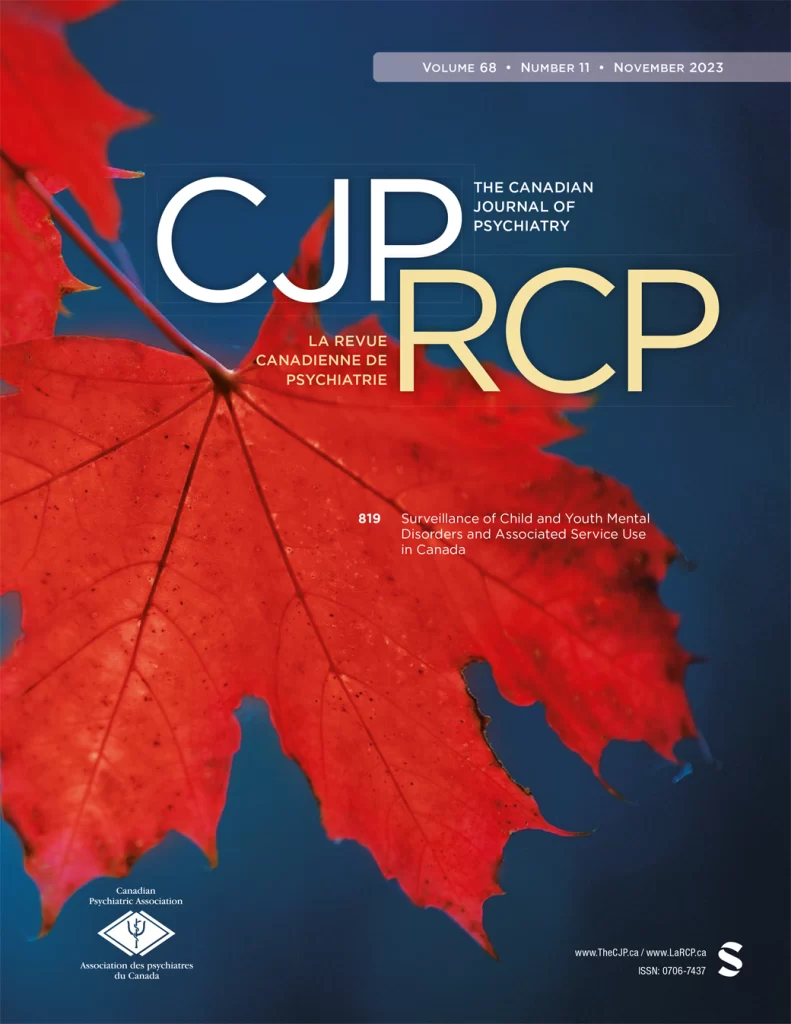3 p.
On 1 August 2021, Marie-Mireille Bence called 911. She feared her disorganized and confused son, armed with a knife, might harm himself.
1 This resulted in the death of the 37-year-old man, shot by the Repentigny police. This incident, which has stirred emotions within Black communities, symbolizes deep feelings of injustice and hurt in the face of the combined burden of serious mental illness and institutionalized racial prejudices.
2,3 Indeed, over the past several years, there has been a growing awareness that psychosis has become an urgent issue for Black community and religious organizations and leaders. This perception worries Black communities and fuels stigma among Black individuals regarding mental illnesses in general and psychosis in particular.
3 Over the past three decades in Canada significant disparities linked to psychosis within Black communities were observed.
4‐6 Black individuals are at a higher prevalence of psychosis, experiencing involuntary admissions and treatments, having their first contact with healthcare institutions through emergency services in crisis situations, and are more likely to receive poor-quality care and demonstrate less adherence to medical treatments.
6,7 Although understanding remains partial, studies have explored various factors that may explain the higher prevalence of psychosis among Black people in Western countries, including immigration, poverty, loss of social capital and racial discrimination, among others.
6,8Feelings of injustice about how Black people with psychosis are treated further aggravate this situation.
9 First, there is a sense of insecurity within Black families regarding how these cases are handled by the police and the justice system. In recent years, acts of violence by the police against Black individuals with psychosis have multiplied, and some of them resulted in the deaths of several Black men. Second, there is a concern that Black individuals have been misdiagnosed (e.g., those with affective symptoms—mainly bipolar—who are diagnosed with schizophrenia; exaggeration of psychotic symptoms in poverty context; misinterpretation of cultural mistrust and racial discrimination experiences as paranoia symptoms) and medicated excessively (dosage and frequency) in cases of schizophrenia.
3,8 This echoes American studies that have shown that Black individuals were misdiagnosed and given more antipsychotic medication than people from other groups. Third, families consider court-ordered coercive measures for Black individuals diagnosed with psychosis to be generally abusive. Lastly, there is a sentiment within Black communities that the care received is often culturally inappropriate, racist, not tailored to individual needs and of poor quality.
9 These sentiments reinforce the belief among many that provincial healthcare and justice systems are racist and perpetuate the social and health inequities Black individuals face within Canadian society.
These situations have significant consequences for Black communities. Due to a lack of trust in healthcare institutions, there is a reluctance within Black communities to seek and engage with psychiatric services when early psychosis symptoms arise. Families tend to seek alternative care. This may be one of the reasons why Black individuals receive initial psychosis diagnosis in emergency services, disengage from follow up and treatments
6 and revert to alternative care. As a result, Black people are twice as likely to receive care in emergency services compared to White individuals and receive significantly fewer early interventions jeopardizing their outcome.
5 In response to these situations, Black communities have adopted various mitigating behaviours whose effectiveness is difficult to assess. In many communities, Black families no longer call the police for a mental health crisis. Instead, they may call upon the “community big-muscles,” groups of athletic young Black men, to restrain and calm the person in crisis and bring them to emergency services as a last resort. This avoids fatal incidents involving the police but raises serious questions about the mistreatment of these patients, which are often kept restrained for several days while receiving alternative care such as prayer, self-medication, herbal teas, and other remedies. In the case of the young man in Repentigny, the mother was sharply criticized within Black communities for calling 911 to help her son instead of contacting “community big-muscles,” as community organizations advocate to remove police from mental health crisis response. A frequently appearing comment on social media was: “She should have known that the police are just looking for opportunities to kill Black men.” As a strategy, Black individuals are relocating to different regions and provinces in search of more compassionate care. Individuals living in Toronto, perceiving care received in the city’s health institutions as culturally inappropriate and racist, seek care in institutions in Ottawa, while people from Ottawa or Montreal make the opposite journey. In some cases, Black individuals living in Canada even sought psychiatric care in the United States, Europe, Africa, and the Caribbean. However, Black people often prefer prayer over mental healthcare, and turn to traditional, cultural, and religious treatments which may worsen a patient’s condition. Ideally, these kinds of cultural and religious practices could be implemented alongside compassionate, qualified psychiatric care.
In the face of these pervasive problems, solutions must be implemented to create safety in mental health services to build a racially and culturally equitable system. We offer some recommendations:
1.
Better training for mental health professionals to provide culturally competent, safe, and anti-racist care. Short training sessions of one to three hours are insufficient, as it is now provided by the healthcare system. This responsibility falls on universities and mental health care institutions. Training should not be limited to practitioners but provided to all those in contact with patients and managers who make decisions regarding care. Diversity and anti-racist training would become a fundamental part of medical school, Ph.D., and residency programs from beginning to end, so that trainees can appreciate how systemic racism affects all aspects of mental health care.
2.
Organizational, institutional, and systemic barriers to care must be addressed seriously and removed from health institutions.
3.
Modify and/or remove all guidelines, practices, and policies that hinder the achievement of racial equity in mental healthcare and integrate antiracist aspects.
4.
Diversify healthcare staff to increase the trust of Black families in the care provided. Universities also need to review procedures to increase the diversisty of admissions.
5.
There should be significant joint investments between federal and provincial governments in scientific research to develop Canadian evidence-based solutions that (a) redesign services and care to make them culturally appropriate, anti-racist, and racially equitable; (b) collect race-based data in services to evaluate and improve adopted solutions. Too often, due to a lack of data, Canadians must borrow ideas based on research conducted in the United States and United Kingdom, despite significant social, cultural, and historical differences. Institutions must co-create solutions in partnership with Black communities to ensure that they are culturally relevant and equitable.
6.
Train and collaborate with the police to ensure that officers know how to intervene nonviolently and in coordination with ambulance and urgent care services. Increase diversity in police force personnel.
7.
Address the social determinants of mental health that hinder racial equity in care (e.g., poverty, systemic racism, limited resources, stigma, etc.).
8.
Partnerships between religious and Black community organizations and psychiatric services are needed to (a) gain the trust of Black patients and families, (b) preserve and augment the beneficial healing effects of non-medical resources; and (c) appropriately share the clinical and family burden of caring for patients with psychosis with community members in more authentic settings than clinics and hospitals.
Implementation of these recommendations would enhance the care for Black patients with psychosis. While this commentary is focusing on members of Black communities, we advocate at the same time for other minority groups that suffer at the hands of an inequitable and culturally unresponsive mental health care system. By reducing the many barriers to psychosis services by developing and implementing anti-racist training, policies and practices, we believe that other minority communities will benefit, with the ultimate objective of ensuring that everyone in Canada, regardless of ethno-racial background, will receive culturally appropriate and equitable care.



